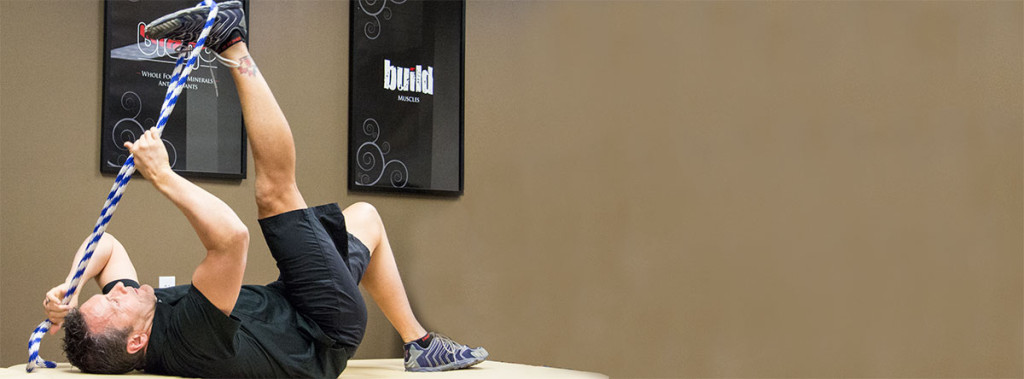Active Isolated Stretching
You’re ready-ready to train towards running that race, hiking that trail, riding on that bike tour. You’re ready to strengthen your body and prepare your mind for the challenge ahead. What’s the first step? Stretching is the key to increasing your range of motion, strengthening your muscles and reducing the chance of injury.
Most of us think we know how to stretch, but in reality, many people use incorrect and in some cases dangerous techniques. At Windhawk, we work with body’s natural laws – not against them – to help you develop safe and effective stretching regimens that both reduce the risk of injury and speed the healing of past injuries. We don’t let you “stretch through the pain,” for example, as pain only signals your body to tighten up and protect itself. Ignoring this natural defense mechanism is both counterproductive and potentially harmful.
Active Isolated Stretching (AIS) has been used by physical therapists and athletes for decades. The three main fundamentals of AIS are:
- It requires the active participation of the client,
- It isolates muscles individually for maximal safety and lengthening,
- It utilizes a succession of two-second-long stretches. Each additional hold allows the stretch to progress deeper and deeper as the body warms up the muscle tissue.
It’s amazing how good we feel when our body is moving and working properly. Many of our clients with neck, back, shoulder, hip or knee pain find that AIS offers tremendous relief from pain symptoms and stiffness. In addition to increased range of motion and muscle strength, the benefits of AIS include: improved posture, increased circulation, lower risk of injury, faster healing times and enhanced muscle relaxation.
To perform AIS properly, a certain amount of coaching is required. The first few AIS sessions consist of one-on-one time with a therapist for at least an hour. Unlike other stretching modalities, however, anyone can do AIS by themselves once they learn how. Most clients master the technique in four to eight visits. Afterwards, you can practice AIS at home as you prepare for your fitness goal – or simply a lifetime of health.








